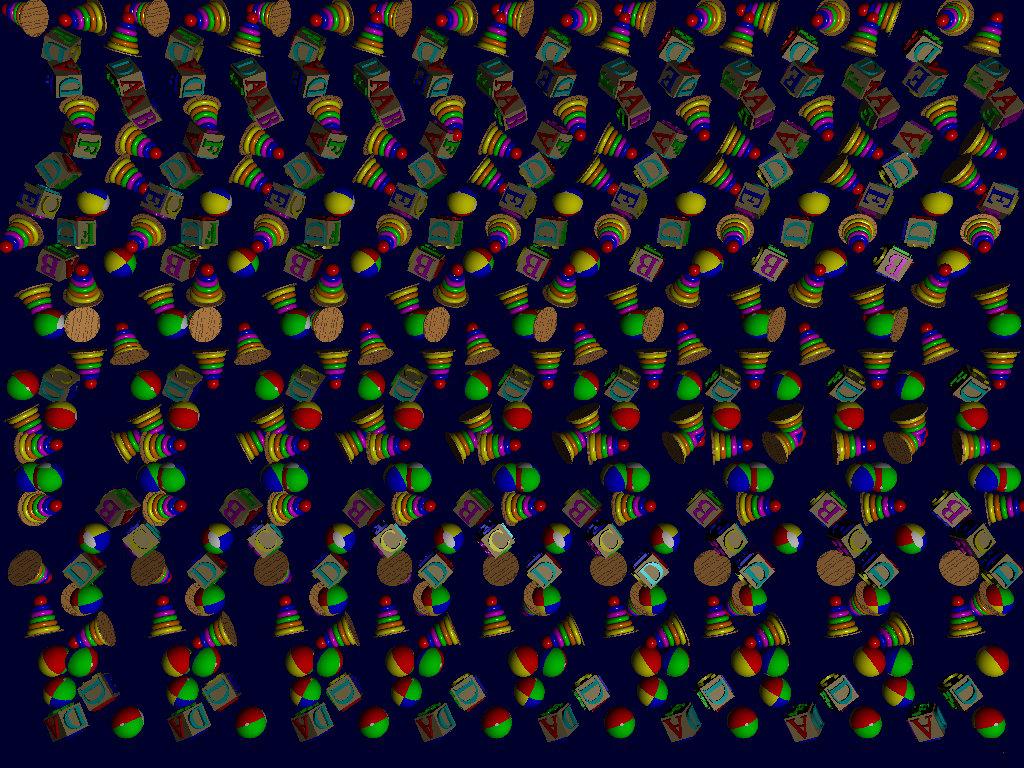

#Funny stereogram driver#
No really, who could imaging a dolphin in this messy picture? But I can see the dolphin, and my cousin Frank said he sees a dolphin, and the UPS driver said it's a dolphin, and even that cute girl in hot mini dress sees the same damn dolphin in this messy picture! Now let's go and make fun of someone who can't see the dolphin, let him think we all a part of crazy conspiracy!ĥ. And it becomes a comedy if the person claims that it all is a conspiracy, as different people tell the same things they see in the stereogram.Ĥ. Same is in real life, when you can clearly see the picture but someone don't no matter how he or she tries, that looks kind of amusing.

Do you remember that funny episode from Mallrats? "It's not a schooner, it's a sailboat!". Fun seeing someone else can't solve the puzzle. You don't usually see this kind of smile in a real life.ģ.

Usually people smile in this moment, and because their attention mostly goes to the hidden picture, the smile comes up pretty naturally and beautifully. It's quite amusing to look at person's facial expressions when the magic happens. And the more you stare the more details you see.Ģ. Stereogram is a different story, there's actually no need to think, your brain resolves hidden image naturally, without any brain strain. Lots of puzzles are hard and not fun at all because they make you think too hard to solve them. So here is 7 ways to have fun with stereograms.ġ.
#Funny stereogram how to#
For some unknown reason people don't view stereograms as much as they used to in 90's, probably because they forgot or worse, never knew how to have fun with it. And that makes it inexhaustible supply of fun. doi:10.Stereogram is a three cool things in one: Optical Illusion, Puzzle and Art. Cortical mechanisms for afterimage formation: Evidence from interocular grouping. Making the incredible credible: afterimages are modulated by contextual edges more than real stimuli. Troxler fading, eye movements, and retinal ganglion cell properties. Afterimage. APA Dictionary of Psychology.īachy R, Zaidi Q. Springer International Publishing 2017: 153-161.Īmerican Psychological Association. In: Programming Visual Illusions for Everyone. The moon illusion and size-distance scaling - evidence for shared neural patterns. Geometrical illusions are not always where you think they are: a review of some classical and less classical illusions, and ways to describe them. The temporal dynamics of the Müller-Lyer illusion. Weidner R, Boers F, Mathiak K, Dammers J, Fink R. Perceptual grouping and figure-ground organization. A century of Gestalt psychology in visual perception: I. Advances in Intelligent Systems and Computing, vol 273. (eds) Soft Computing in Machine Learning. doi:10.18725/OPARU-2597Īmerican Psychological Association. Open Access Repositorium der Universität Ulm. Algebraic functions describing the Zöllner illusion. Illusory distance modulates perceived size of afterimage despite the disappearance of depth cues. Laterality effects in the spinning dancer illusion: The viewing-from-above bias is only part of the story. Decoding the subjective rotation direction of the spinning dancer from fMRI data. Using a contrast illusion to teach principles of neural processing. Making sense of the Hermann Grid illusion. S1 simple-cell theory proposes that the illusion is caused by how S1-type simple cells in the primary visual cortex respond to certain visual stimuli. Evidence supporting this theory includes the fact that the illusion is not dependent upon the size of the grid and that the illusion still occurs when the contrast of the image is reversed.


 0 kommentar(er)
0 kommentar(er)
